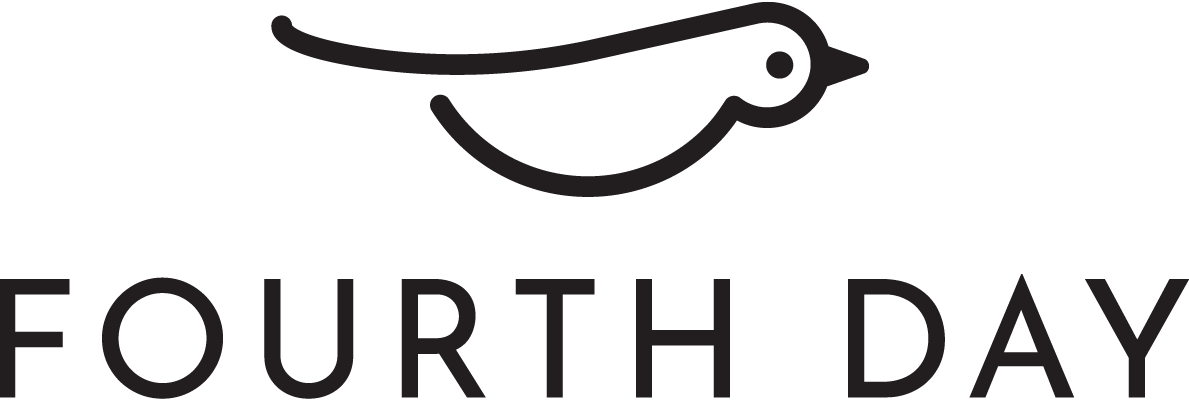What do you mean? The art of creating jargon-free B2B tech copy
By Lizzie Wood
A t Fourth Day we’re well versed in the art of translation. And not just from one language to another. A fundamental part of good B2B tech PR is being able to translate complex, technical copy into words that people will be able to understand. Because far too often companies can get bogged down in unrelatable jargon.
Technical terms are used in all walks of life. No matter what the subject, it’s important to remember that just because you understand an expression that doesn’t mean everyone else will. During Brexit we had to learn a whole glossary’s worth of terms from backstop and proroguing to no deal and article 50. During the pandemic, we got to grips with antigens, R numbers, furlough and flattening the curve.
Some of this language is necessary. To help us navigate the information about these two seismic changes to our lives, the BBC and other media outlets created their very own Brexit jargon-busting guides to help readers. Other sectors also offer glossaries of terms to provide clarity – whether it’s an A to Z of generic business phrases and economic jargon or marketing slang terms.
But some of the language that we see in the media, on websites and in marketing literature is just lazy. Looking at the changes to our working lives following the pandemic for example, how many of us fully understand what ‘quiet quitting’ really means, or had to google ‘the great resignation?’ when it first appeared?
Similar situations occur in the tech sector. Businesses often use esoteric language to explain their own products, falling into the trap of believing that a particular set of buzzwords will engage their audience. But it’s unlikely that the people you are selling to will have time to reach for a jargon-busting guide. More often than not B2B buyers will not be techies, they are just looking for tools that will help them do their day job – and you need your message to resonate with them, on that level.
So, if you want to avoid a jargon-laden approach and engage your audience rather than switch them off – here are our top 3 tips:
1. Don’t be scared to be creative
Gone are the days when B2B content was seen as cautious and conservative. Now B2B content covers everything from bylines and features to videos and podcasts. Being bold with your content choices gives you an opportunity to communicate your messages in fresh new ways – and project your brand’s personality. Brave decisions can reap big rewards. For example, PathFactory’s engaging and fun CGI video, showing how complex and colourful B2B buying journeys can be, is proof that a video can turn a complex, technical offer into a simple, visual story. Being creative can help make even the most technical subjects lively – which will in turn excite and engage your audience.
2. Remember you’re selling to fellow humans
There’s no reason why B2B brands can’t be as relevant and contemporary as their B2C cousins. Your product may be more intertwined with everyday life than you realise. As long as it’s appropriate, this allows you to have an opinion on things happening in popular culture – worth doing as these are the things people want to read about. You can bring your brand to life by being more connected to daily life and commenting on cultural developments.
3. Keep things simple
While we’re not big fans of the jargon used by government, politicians don’t always get it wrong. This is certainly true when it comes to getting a message across. Whether it’s “Stay at home, save lives, Save the NHS”, orthe outrageously successful, “Take Back Control”, simple messages do tend to resonate. The same principle can be applied to your messaging.
A common pitfall is for businesses to try and say so much they leave audiences not knowing what they should take away from it. Simple, clear messaging that articulates the main benefits clearly is often more effective.
Whether it is a newspaper quote, a radio interview or a press release, organisations must state their points clearly, but also offer information or opinions that are genuine and honest. It’s this that makes the information we ‘translate’ relatable to a wider audience.
Share this:





